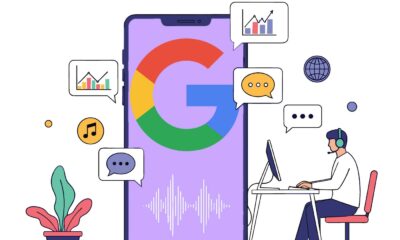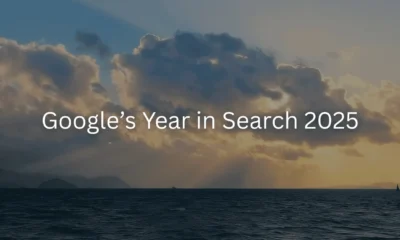NEWS
Google: Increase Discover Traffic with Max Image Preview Tag

Google published a new case study showing how using the Max Image Preview directive can increase clicks to as high as 333%. The directive is a meta tag that’s easy to add to a site.
Google Discover and Large Images
Google Discover is a way to show articles to users who have shown an interest in a specific topic. For example, users who search for articles about used car reviews might see recommendations for articles about buying used cars.
Discover is an alternate source of traffic that can help attract visitors who are interested in the topic of a publishers website.
Advertisement
Continue Reading Below
So instead of ranking for search queries, a publisher needs to make their pages attractive within the Google Discover format.
How Max Image Preview Builds Google Discover Traffic
Google recommends using a meta tag called Max Image Preview in order to maximize click through rates when Google shows a site in Google discover.
The Max Image Preview meta tag tells Google what size image to show in the preview when a publishers web page is shown in Discover.
This meta tag is a directive, which means that Google is obligated to follow the instructions contained in the meta tag.
Google recommends setting the meta tag to tell Google to show the largest image on the page. Large images, when shown in Google Discover, helps the page stand out and results in more traffic.
Advertisement
Continue Reading Below
Related: 11 Important Image SEO Tips You Need to Know
Max Image Preview Settings
This is what the Max Image Preview meta tag looks like:
<meta name="robots" content="max-image-preview:large">
The part that’s labeled “robots” means that the meta tag is meant for software called “robots” that crawl the web looking for web pages. Robots are also known as crawlers and spiders (because they crawl the web).
The part that’s labeled “content” is the setting that tells Google what size image to show.
There are three settings: None, standard and large.
Google interprets each setting like this:
- “none: No image preview is to be shown.
- standard: A default image preview may be shown.
- large: A larger image preview, up to the width of the viewport, may be shown.”
Large is the setting that Google recommends publishers use if they want Google to send the maximum amount of traffic.
Absence of the meta tag causes Google to use the default image preview.
Case Studies Illustrate Usefulness of Max Image Preview Tag
Google published two case studies illustrating how a simple meta tag could result in dramatic increases in traffic.
The first case study was of a food blog that was able to increase their click through rate from Discover by 79%.
The second case study was of a Brazilian magazine. After implementing the meta tag their click through rate increased by 30% and their clicks increased by 333% over a period of six months.
Advertisement
Continue Reading Below
The case study quoted the magazine publisher:
“The adoption of the meta tag with large image preview settings brought a meaningful increase in clicks and CTR for us. Initiatives like this one make a huge difference in the work that we, publishers, invest in day-to-day life.”
Related: Google Discover: 10 Characteristics of Top-Performing Content [Study]
Too Good to Ignore
This tip for increasing clicks from Google discover by using a meta tag is too easy to pass up for sites that have articles that may be eligible to be shown in Google discover.
Implementing the meta tag is easy and the rewards are potentially high.
Advertisement
Continue Reading Below
Citations
Google Case Study About Increasing Traffic with Max Image Preview Directive
Large Images in Discover Improve CTR and Increase Visits to Publisher Sites
Google Developers Page Documentation of Max Image Preview Directive
Google Search Central Explainer About Discover Explainer
Get on Discover


















